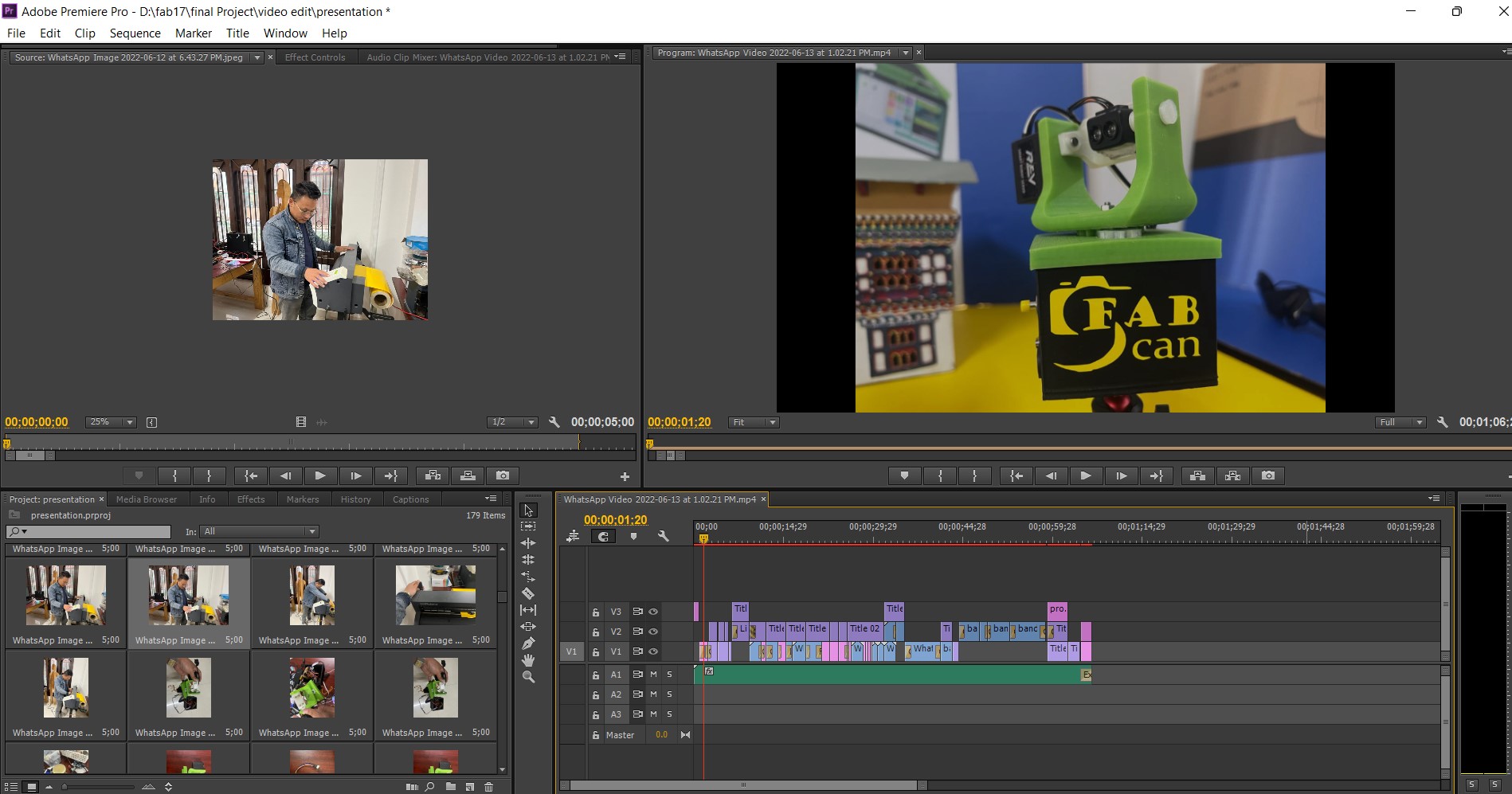Invention, Intellectual Property, and Income
Assignment:
Introduction
As I am finally in the last stage of my fabacademy, I come to realize that it has been quite a long and fruitful journey. I got to experience a lot of insights and concepts from experts around the world. For me, learning about electronics and design has been one of the coolest experience that I have encountered. Being a first timer in this field, it was a lot of challenges, nevertheless with the help of fab Gurus, experts and colleagues, the experience has been a worth.
Intellectual Property
Accoring to WIPO-World Intellectual Property Organization Intellectual property (IP) refers to creations of the mind, such as inventions; literary and artistic works; designs; and symbols, names and images used in commerce.
You can also see the view about the NATIONAL INTELLECTUAL PROPERTY POLICY, Kingdom of Bhutan here.
Typed of IP
According to WIPO, following are the types of IP:
Copyright
It is a legal term used to describe the rights that creators (authors, artists etc... ) have over their literary and artistic works. Works covered by copyright are books, musics, paintings, sculpture and films. It also includes computer programs, databases, advertisements, maps and technical drawings.
Patents
A patent is an exclusive right granted for an invention. Patent provides the owner with the right to decide how or whether the invention can be used by others. In exchange for this right, the patent owner makes technical information about the invention publicly available in the published patent document.
Trademarks
A trademark is a sign capable of distinguishing the goods or services of one enterprise from those of other enterprises.
Other types of intellectual property includes Franchises, Trade Secrets, Trade Dress, Plant Varieties etc...
Creative Commons
According to wikipedia, Creative Commons (CC)
is an American non-profit organization and international network
devoted to educational access and expanding the range of creative works available for others to
build upon legally and to share.
The organization has released several copyright licenses, known as Creative Commons licenses,
free of charge to the public. These licenses allow authors of creative works to communicate
which rights they reserve and which rights they waive for the benefit of recipients or other
creators.
The type of licenses are as shown below:

Dissemination of Final Project
I am working on a device I call as a FabSCAN. It is a LiDAR sensor based scanner designed to scan the spaces and objects. You can find my project details here.
As a part of dissemination of my final project, I am decided to create a license for my project using Creative Commons.

This work is licensed under a Creative Commons Attribution-NonCommercial 4.0 International License.
This licenses indicates that others can share and adapt my final project as long as they give appropriate credit and indicate if changes were made. I feel that as a creative and scientific community, the knowledge should be open for everyone to invent and make anything better.
Possibilities and Probabilities
Business Oppertunities
Since my project is more of a testing of a capacities of the sensor to its maximum, branding and commercializing it would be difficult. Nevertheless, it will present as an alternative cheap device to commercial and expensive scanner in the field.
Applications
Future Plans or Recommendations
In the future, I can incorporate camera to get colors and mesh of scanned objects.
Preparation of Summary Slide
In order to prepare a summary slide of 1920x1080, I used photoshop.

I kept the resolution of my page as 300 pixels/inch.
Finally, my project summary slide is prepared as shown below: For me, Photoshop CS6 is quite easy to use as I am very comfortable to work with it. The layers option also makes it easier to make changes in every element as and when you like.

View my file in my root directory here.
Final file is attached below:

Preparation of Video Clip
In order to present the final project, we are required to present a video clip of maximum one minute showing all the processes and results of fabrication. For that, I used Adobe Premier Pro CC.

I used free musics and minimal animations and transitions to present my video.

I used free convert to compress my files so that it does not exceed 10mb file mark.
You can view my final video in my root directory: here.
Or watch it below:
